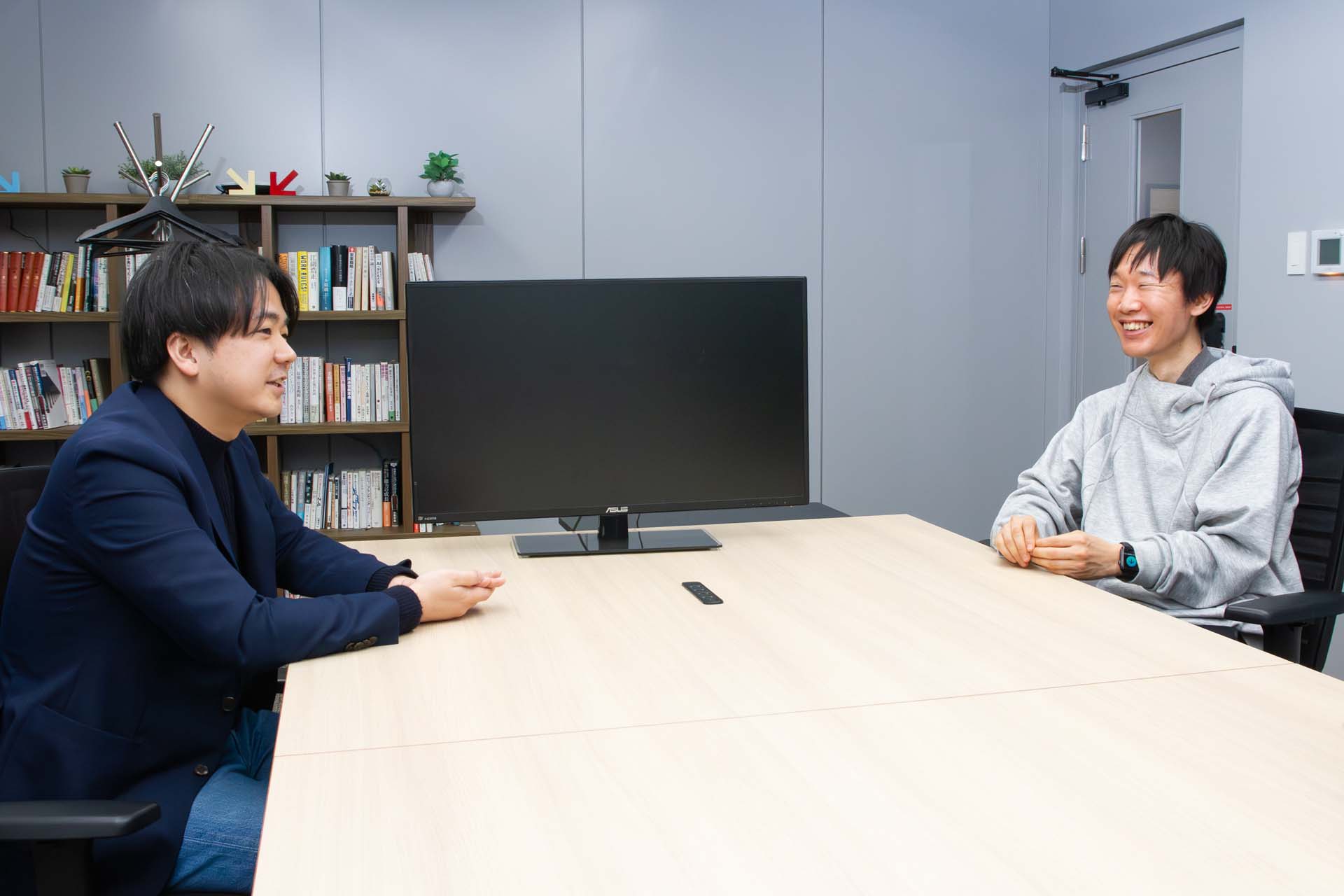HataLuck's Strategy Formulation: Three Phases that United the Startup and Jumpstarted Its Stagnant Development Activities
"Hata-Luck" is a digital transformation app for stores aiming to ease the burdens on service industry workers. We asked HataLuck's CPO and a Global Brain (GB) member how the startup's product development strategy brought the entire company together.
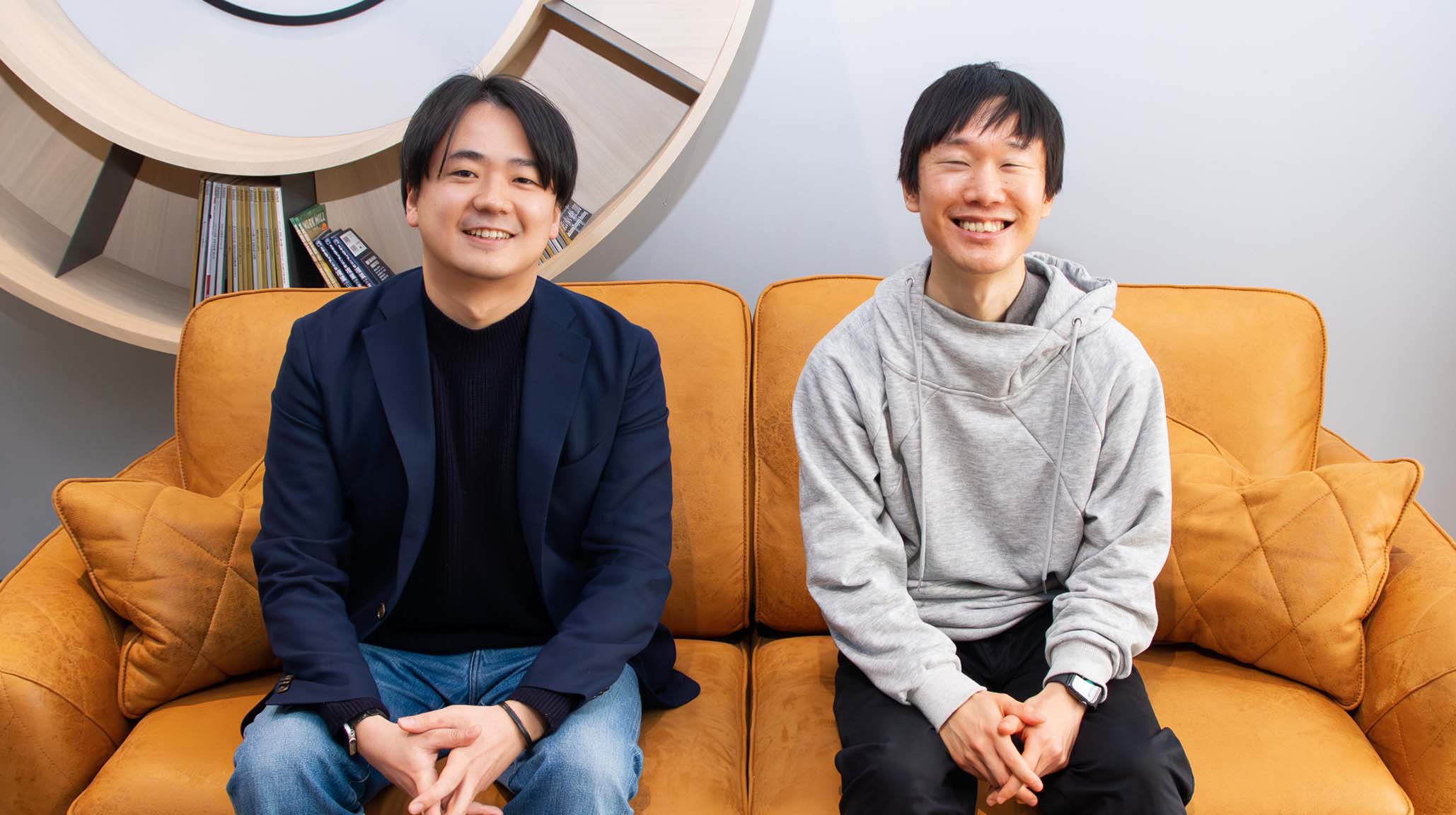
Written by the Universe Editorial Team
HataLuck and Person Inc. (HataLuck) is a startup offering a digital transformation tool “Hata-Luck” for retail, food and beverage, and service businesses.
“Hata-Luck” is an app for all staff members working in stores including part-time workers. It supports stores in conducting employee scheduling and enhancing communication, improving work efficiency and job satisfaction all at the same time. In particular, the company is constantly improving and adding features to the employee scheduling service, as many customers are feeling burdened with paper-based or Excel shift scheduling.
However, HataLuck went through a difficult time when opinions were divided on the direction of product feature addition and improvement, resulting in stagnant development activities. How did the company bring various opinions together and enhance the product? We asked Shumpei Daiku, CPO of HataLuck, and Naoki Sato, GB’s Value Up Team (VUT) member, who helped the company with the initiative.
Different opinions between the CEO and members
──How did you come to formulate a product development strategy?
Daiku: Currently, “Hata-Luck’’ has two major features to achieve operational efficiency. One is to make shift workers’ communication easier, which includes chat, messages, etc. The other is to support stores in conducting employee scheduling, which has been causing stress for store workers.
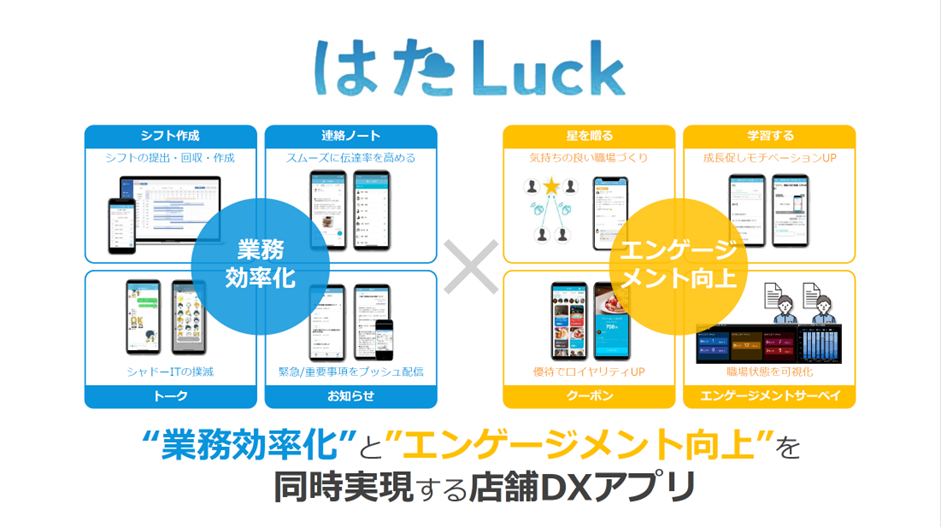
As we all know, the store service industry including restaurants were severely hit by the COVID-19 pandemic. Many stores were forced to shut down, and those that remained open were run by few regular employees, thereby no longer needing the complicated employee scheduling feature for a while.
CEO Someya’s opinion at that time was to continue prioritizing the enhancement of the employee scheduling feature, in view of the possible bounce-back of the demand for a product that solves employee scheduling challenges in the post-pandemic world.
However, other management executives and members had different ideas. When we looked into the cause of the lost orders at that time, one was the oversimplified shift feature compared to similar services. Because employee scheduling methods vary widely by store and industry, we knew it would take a considerable amount of person-hours to optimize the shift feature and bring it to a level that would satisfy all customers.
If the shift feature were the only feature of “Hata-Luck," there would be no issues since we could focus on one thing. However, if we were to spend a significant amount of time on one out of all the other features, we would inevitably have to make trade-offs with other products’ improvement. Determining “what development to focus on” was a topic that largely impacted the overall business plan.
Many of our members, including our management executives and managers, joined our company because they sympathized with the company philosophy of “boosting shift workers’ motivation.” Due to this backdrop, I remember that there was widespread doubt within the company. The idea of focusing on the shift feature did not sit right with some employees, who thought, “Wouldn’t it be better to improve the engagement enhancement feature?” and “Should we really prioritize the shift feature?”
Of course, Someya was not thinking about enhancing only the shift feature. However, I believe there was a gap between the entrepreneur’s long-term vision and other members’ expectations.
Although the product development side wanted to find the best solution, they did not have any ideas to deepen the discussion, and all the development strategy proposals lacked decisive factors.

──I heard that GB’s VUT joined the initiative at this point. How did the VUT get involved in formulating the development strategy?
Sato: We worked on the strategy following the three phases.
1.Identify possible priority features from market data
2.Hold an “offsite meeting” to prioritize the features
3.Define detailed requirements based on customer interviews, etc. for the features set in the phase 2 above
First of all, based on domestic and overseas market data, we made a broad list of possible features not limited to the shift feature that could be competitive advantages of “Hata-Luck.” After that, we held an “offsite meeting” with the management team and the managers to discuss how to prioritize those features. For the high-priority feature decided at the offsite meeting, we worked together until we sorted out a more detailed requirement definition by reviewing the algorithm and holding interviews with customers.
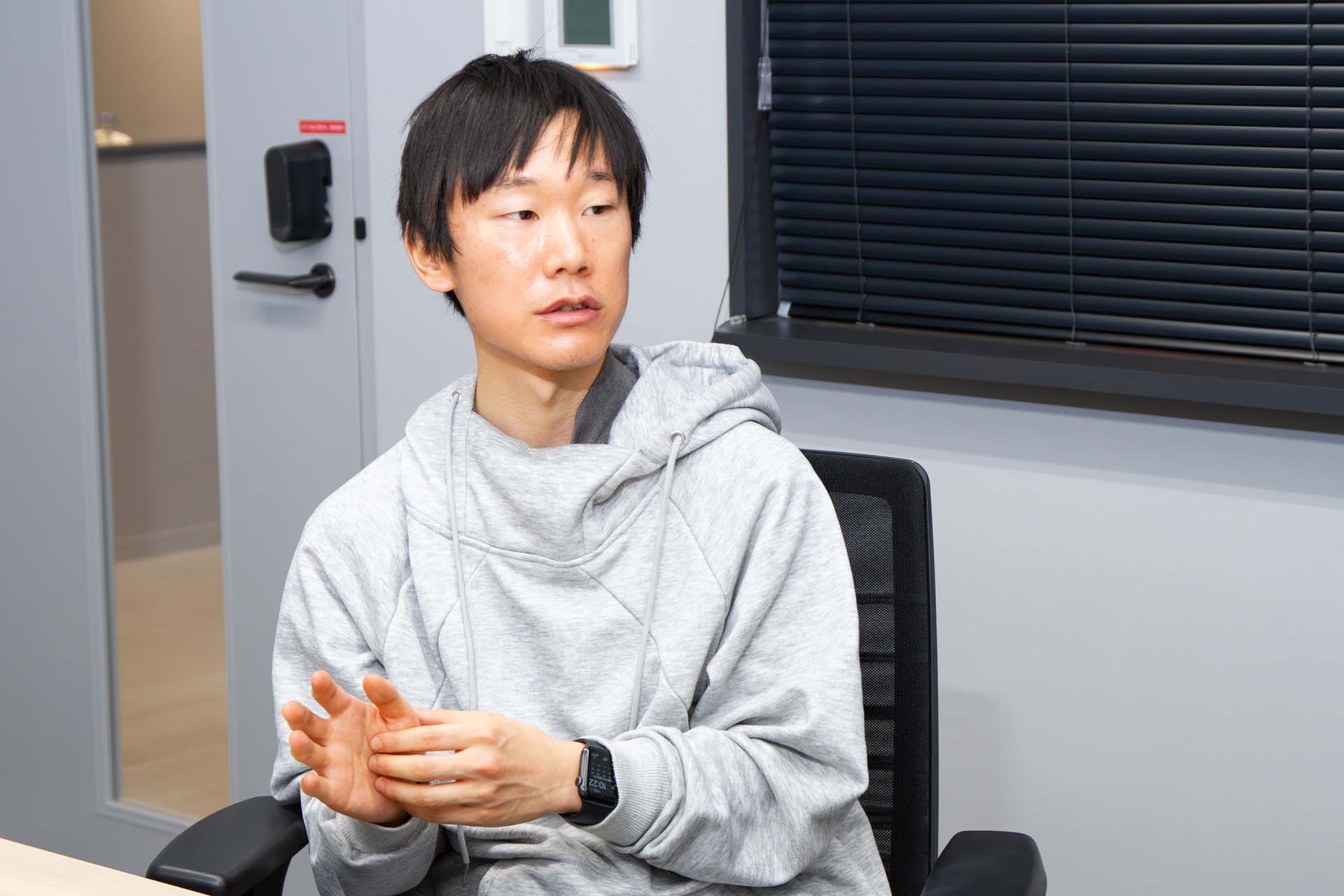
Daiku: The VUT collected data for the discussion by analyzing macro data, doing research on other companies, and holding interviews with users. On top of that, I was grateful to them for becoming somewhat like a orchestrator in the company. Our company was at a loss which direction to go, and this was slowing down the project.
However, to be honest, I was also somewhat reluctant to have outside VC firms participate in our projects. We had to disclose a certain amount of internal documentation, and even if they read the documents, I was not sure “how much they would understand” or “how much they would be willing to solve our problems”. I remember that I wasn’t fully convinced when we first started the project.
Figuring out the winning points using “data x employees’ insights”
──So, you started the initiative in such a situation. Tell us more about the first phase, “identify the features.” What kind of data did you collect to make a list of possible features?
Sato: We collected data, focusing on three points: “trends and challenges of Japanese shift workers by industry,” “Japanese competitors’ services,” and “similar services in the US.” After discussing with HataLuck members from macro and micro perspectives, we identified about 30 candidate features.
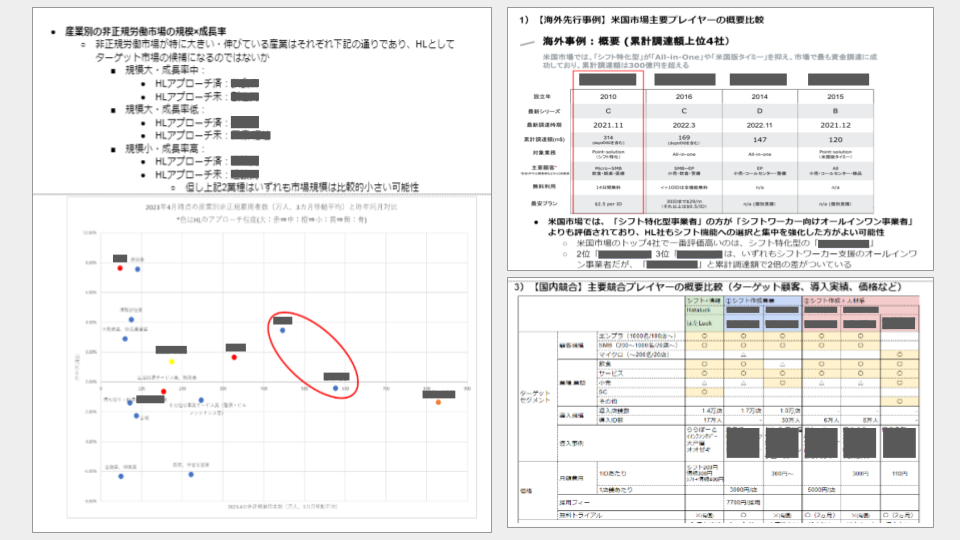
Daiku: If we were to build a service more or less like our competitors, this level of research would not be necessary, but we needed to find our winning edge. The data was useful because we were able to look at the trends not only in Japan but also overseas, reevaluate where “Hata-Luck” currently stands, and think about how we can differentiate ourselves in the future.
Sato: Even when some features looked promising based on data, at times HataLuck’s members had different views gained through experience. For example, while the data showed that the “shift swapping” feature was popular in the US, HataLuck’s expertise indicated that this feature did not necessarily fit well to Japanese workplaces. I became aware of the importance of considering not only the data but also the employees’ insights based on customers’ situations.
Then, in preparation for the offsite meeting, I created the evaluation criteria for prioritizing features together with HataLuck. We prepared six evaluation criteria, including “customer needs,” “market opportunity,” “competitive advantage,” and “difficulty of development,”
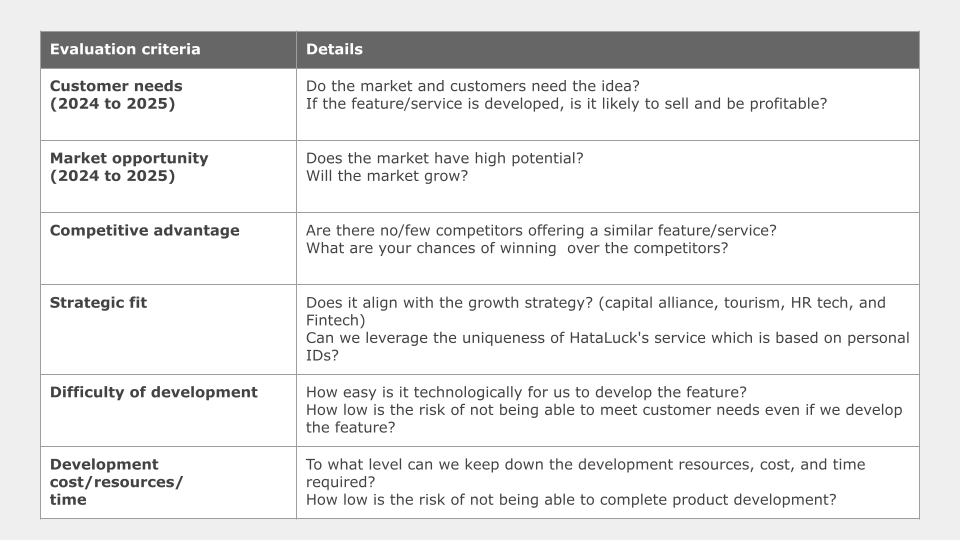
What made us all decide to take “this path”
──How did the discussion go during the offsite meeting?
Sato: The discussion took place based on the list of candidate features rated by the management executives and managers using the six criteria. The VUT prepared the agenda and facilitated the meeting.
Daiku: We split ourselves in three groups for the discussion, and at the end, and all the groups finally agreed that the shift feature should be prioritized. Even though some members initially thought other features should be prioritized, after a thorough discussion, they realized that they were working toward the same goal. This was a turning point for our company.
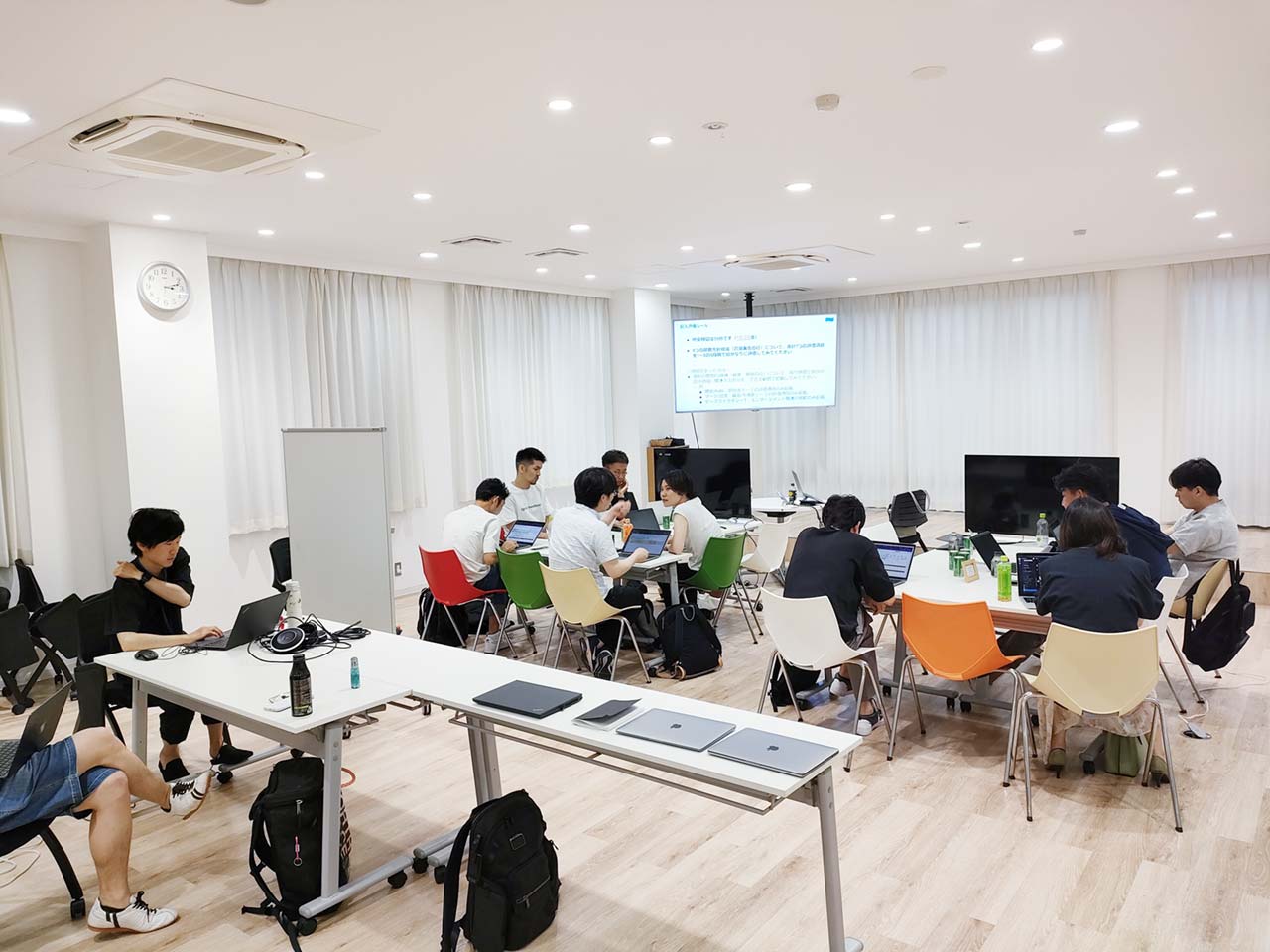
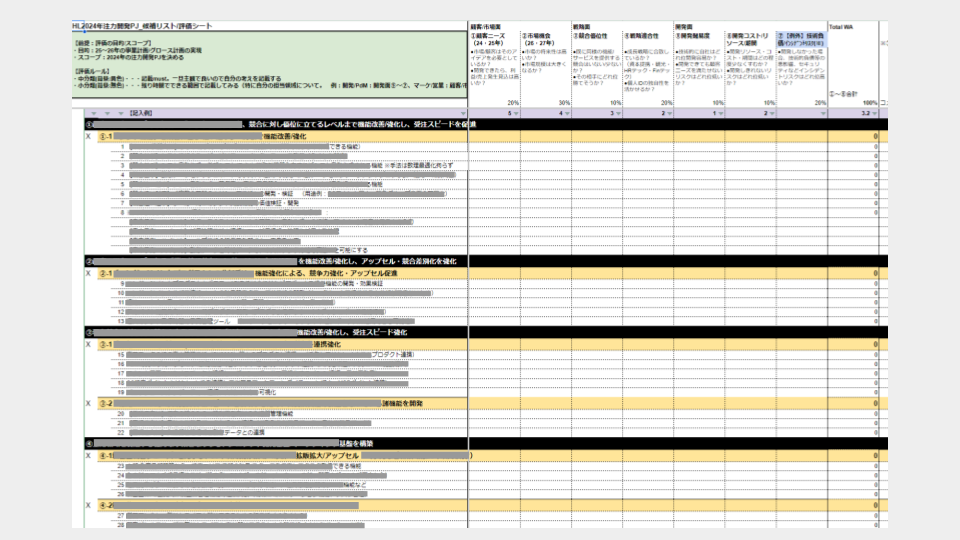
This was possible because we were able to have a shared understanding of the current situation of “Hata-Luck” through the offsite meeting. We were all able to understand the data from the business side’s “sales targets” and “unit price and closing rate per company size” to the product side’s “development person-hours for each feature” and “technical debt if not developed.” I believe that, after everyone was on the same page, we were able to make a decision with confidence that “focusing on the shift feature was the best path to take, all things considered.”
After the offsite meeting, I feel that our company installed the pivotal way of thinking in moving the business forward. It is easy to say “we will enhance the shift scheduling feature.” But to actually achieve it, the entire company has to have a common and detailed understanding of "what the challenges are and what actions need to be taken. We were able to become aware of this thanks to the VUT’s deep commitment to problem-solving.
Surging number of orders and the next big thing for “Hata-Luck”
──What are the results and values you feel you have achieved through the set of initiatives?
Daiku: The whole company was able to “be on the same page.” The offsite meeting was held around the summer of 2023, and we were able to narrow our focus on the shift feature in one go, in about six months. We were able to move this quickly because all the management executives and managers had the same information and agreed on the decisions that were made.
The enhanced shift feature has also made our product more competitive. Someya and I were talking about “how the atmosphere had changed,” with many orders reported on Slack on a single day.
Sato: Originally, everyone at HataLuck sympathized with the company’s mission and wanted to improve the product as much as possible. The development activities seemed to be stagnant simply because they were slightly facing different directions. I believe this initiative aligned our team and created a strong driving force.
──As you continue to update “Hata-Luck” in the future, what is the product team’s outlook?
Daiku: Since HataLuck’s founding, we have continued our business with the philosophy to profoundly ease “operational” and “mental” burdens on the people working in the service industry. Until now, the main theme of “Hata-Luck” has been to improve shift workers’ “work efficiency,” but from now on, we are eager to impact the shift workers’ “mental” aspect by enhancing features that can increase their engagement. In the future, we want to hear shift workers say, “I want to work at stores that use ‘Hata-Luck.’”
By the way, Wakasugi, who is a product manager leading the development of the shift feature, does not have an IT industry background. He had no expertise in prioritizing major development themes as we did with this initiative. However, he absorbed the methods of gathering and analyzing information necessary for decision making through this project. I have the impression that he has considerably improved his skills.
Wakasugi was able to absorb knowledge so much because the VUT members actually worked with the HataLuck members on site and supported us more than we could have imagined. This way of getting inside the startup’s team at the working level is one of VUT’s greatest strengths. As I said, at first I was reluctant to invite the VUT in from outside our company, but now I am even ”willing to disclose as much information as possible to GB and consult with them.”
I would like to utilize the know-how I gained through this initiative and upgrade our products by thinking about what the workplace should be for shift workers from 2035 to 2040.
